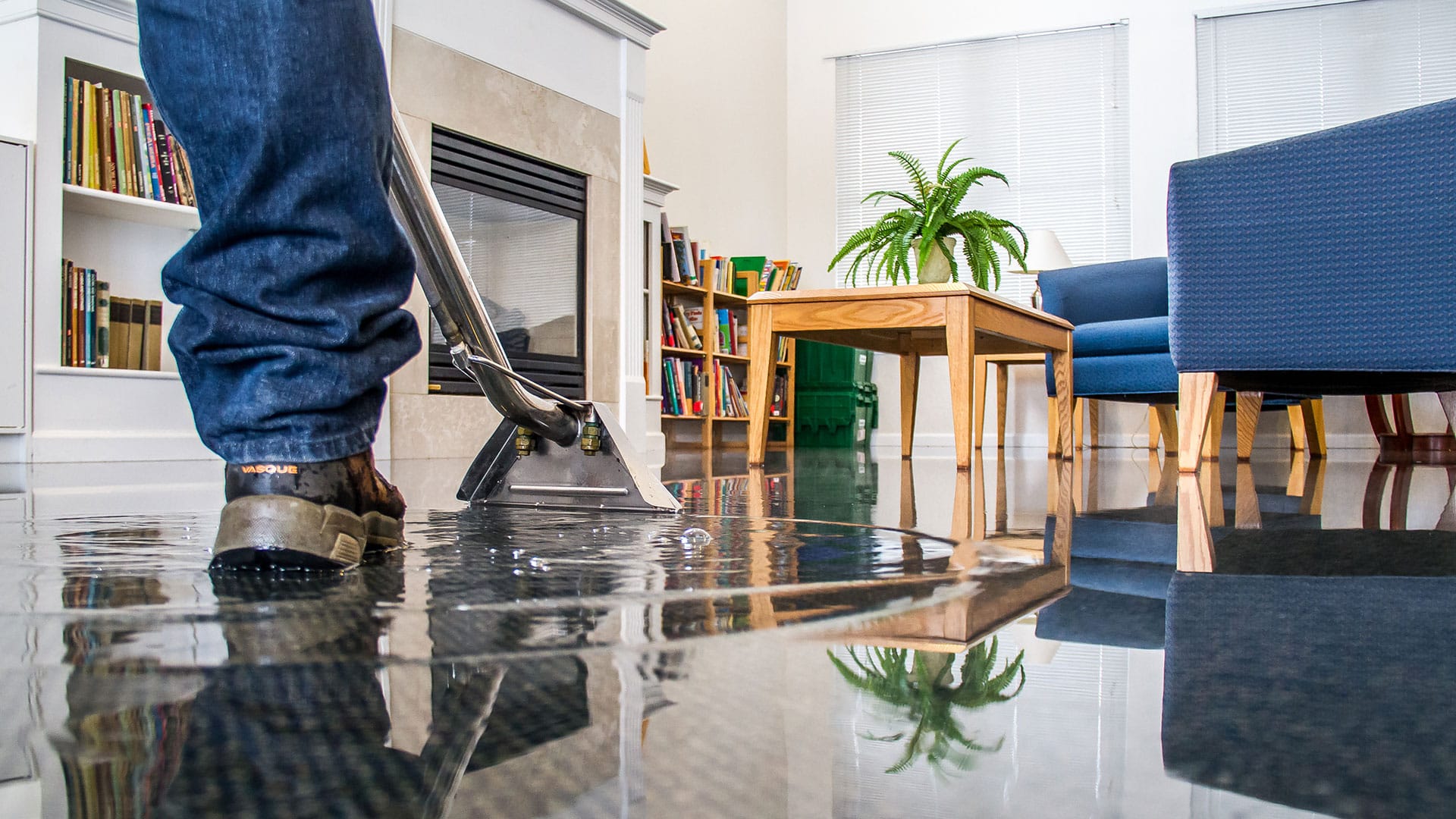
Water damage can be a homeowner's worst nightmare. Whether it's from a burst pipe, a leaky roof, or a natural disaster, dealing with water damage can be overwhelming. However, knowing the essential steps to take for water damage restoration can make the process smoother and more manageable. In this guide, we will cover everything you need to know about water damage restoration from STEAM COMMANDER.
Understanding Water Damage
Types of Water Damage
- Clean Water Damage: This type of water damage comes from a clean water source such as a broken pipe or overflowing sink. It poses no immediate health risks.
- Grey Water Damage: Grey water damage is slightly contaminated and can come from appliances like dishwashers or washing machines.
- Black Water Damage: This is the most severe type of water damage, coming from sewage backups or natural disasters. It contains harmful bacteria and other contaminants.
Effects of Water Damage
- Structural Damage: Water can weaken the structure of your home, causing cracks, warping, and even collapse in severe cases.
- Mold Growth: Moist environments created by water damage are ideal for mold growth, which can pose serious health risks.
- Electrical Damage: Water damage can short circuit electrical systems, posing a risk of fire and electrocution.
Steps for Water Damage Restoration
Assessment
- Assess the extent of the damage by checking for structural issues, mold growth, and electrical damage.
- Determine the type of water damage to establish the appropriate restoration plan.
Water Extraction
- Remove standing water using pumps, vacuums, and other specialized equipment.
- Thoroughly dry the affected areas to prevent further damage and mold growth.
Dehumidification
- Use dehumidifiers to reduce moisture levels in the air and speed up the drying process.
- Monitor humidity levels to ensure effective dehumidification.
Cleaning and Sanitizing
- Clean and sanitize all surfaces and items affected by water damage to prevent mold and bacterial growth.
- Use appropriate cleaning agents and disinfectants for different types of water damage.
Restoration
- Repair and replace damaged materials such as drywall, insulation, and flooring.
- Restore your home to its pre-damaged condition, ensuring it is safe and habitable.
Hiring a Professional Water Damage Restoration Company
Benefits of Professional Restoration
- Experience: Professional restoration companies have the expertise and equipment to handle water damage effectively.
- Quick Response: Hiring professionals ensures a prompt response to minimize further damage.
- Insurance Assistance: Restoration companies can work with your insurance company to expedite the claims process.
Choosing the Right Company
- Research and compare different restoration companies in your area.
- Check for certifications, licenses, and insurance to ensure professionalism and reliability.
- Read reviews and ask for referrals to gauge the quality of their work.
Questions to Ask
- Do you offer 24/7 emergency services?
- What is your experience with handling water damage in residential properties?
- Can you provide a detailed estimate of the restoration process and costs involved?
Preventing Water Damage in the Future
Maintenance Tips
- Regularly inspect and maintain your plumbing system to prevent leaks and bursts.
- Keep gutters clean and free of debris to prevent water buildup on the roof.
- Ensure proper drainage around your home to prevent water seepage into the foundation.
Preventive Measures
- Install a sump pump in your basement to prevent flooding during heavy rains.
- Use water leak detectors and smart home technology to alert you to potential water damage issues.
- Consider waterproofing your basement or crawl space to prevent water intrusion.
Emergency Plan
- Create an emergency plan with your family for what to do in case of water damage or flooding.
- Know where your main water shutoff valve is located and how to turn it off in case of a water emergency.
- Keep important documents and valuables in a waterproof and fireproof safe.
By following this essential guide to water damage restoration, you can be better prepared to handle water damage effectively and prevent future incidents. Remember that quick action is crucial in minimizing the damage caused by water, so don't hesitate to seek professional help if needed.